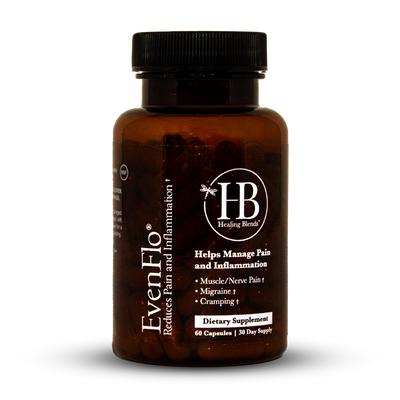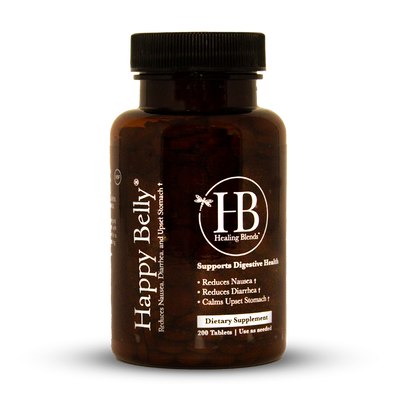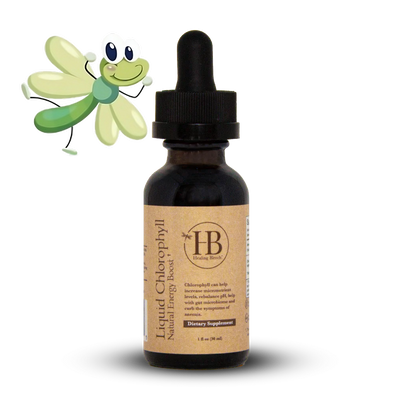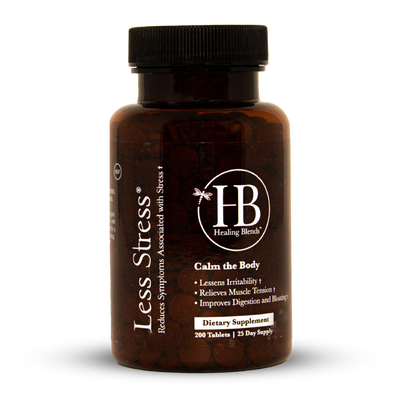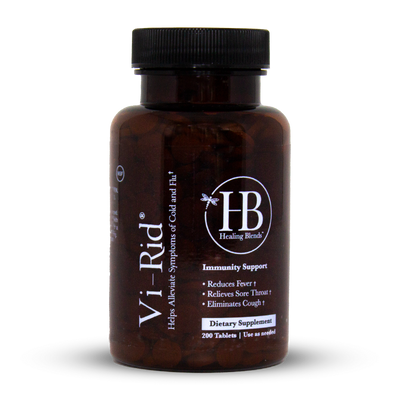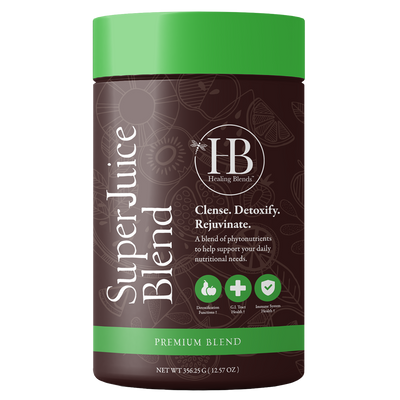Three Proven Health Benefits of Turmeric
If you are looking for herbs that have a long history of medicinal use, turmeric could be one of them. The natural plant has evolved along with human history for thousands of years. Indian holistic medicine called Ayurveda and traditional Chinese medicine uses turmeric to treat various diseases. It is popular by different names such as “haldi” and “manjal” in India, “Indian saffron”, “terre merite”, and “yellow root”.
Basic Characteristics of Turmeric
Turmeric is a flowering plant from the ginger family native to many tropical countries. The plant has long and oblong leaves that grow up to one meter. Plants are harvested for their rhizomes, the tuberous portion that grows in the ground. When harvested, rhizomes have yellowish, rough, and segmented skin. The rhizome is often dried and ground to become powder. Turmeric has a bitter, slightly acrid but sweet taste. It is used as a spice, flavoring, and coloring to curry powder and mustards and to treat different ailments.
What is the active ingredient in turmeric?
Because of its background for medicinal and pharmacological applications, modern medicine began to investigate the components present in turmeric. Several laboratory studies have extracted the active components of the herb to further understand its health benefits.
Turmeric contains more than 300 biologically active substances like flavonoids, fiber, beta-carotene, and some vitamins and minerals. The most important component is 3-6% polyphenolic compounds called curcumin. This is responsible for most of its biological actions. Curcumin has potent scavenging activity, antioxidant properties, and a wide range of bioprotectant ability that can be used in many therapeutic settings.
Scientific studies on the benefits of turmeric
Within the last 30 years, turmeric has received so much attention from the medical community and this resulted in many animal studies, clinical trials, and laboratory investigations to back up claims about the health benefits of turmeric.
Traditionally, turmeric has been used to treat various types of arthritis. Chinese and Indian herbalists recommend it to reduce the inflammation of joints and offer relief from pain. Many patients with rheumatoid arthritis and osteoarthritis have benefited from the herb. The powerful healing power comes from its ability to block the inflammatory signals.
But apart from arthritis, there are the other benefits of turmeric that have been extensively studied by health experts:
Cancer
Cancer treatment is very expensive. As one of the top three diseases causing death in the world, many scientific investigations have been dedicated to it. Turmeric is one herb that shows promising results in the field of cancer treatment.
In one study published in Evidence-based Anticancer Complementary and Alternative Medicine book series, researchers noted the anti-cancer activity of turmeric in both in vitro and in vivo experiments. The curcumin present promotes the death of cancer cells and serves as a mediator of chemoresistance [1].
Pre-clinical trials on a variety of cancer cell lines like cervical, breast, prostate, pancreatic, and colon have consistently shown that curcumin possesses anticancer activity. It promotes the death of cancer cells without hurting the normal healthy cells.
But apart from treating existing cancer, many studies have also shown that turmeric benefits also include the prevention of cancer. Researchers published their findings in the Asian Pacific Journal of Cancer Prevention and noted that dietary turmeric can potentially reduce the risk of cancer especially among high-risk individuals [2].
Diabetes
Diabetes is another top disease affecting millions of people worldwide. With the sedentary lifestyle and poor diet, the number of people suffering from it is expected to double in the coming years.
Treatment of diabetes is another benefit of turmeric. According to one study that appeared in the International Journal of Food Sciences and Nutrition, turmeric inhibits the key enzymes linked to type 2 diabetes mellitus [3]. In another study, researchers have noted that turmeric has the ability to lower the blood glucose and cholesterol level among type 2 diabetes mellitus patients [4]. With this ability, it can be used to help people struggling in controlling their blood glucose levels.
Kidney disease
It is another good news for millions of people to know that turmeric benefits include treating kidney disease. In a clinical study involving 50 patients undergoing dialysis, researchers showed that a significant improvement in the intervention group was noted after receiving a regular dose of turmeric [5].
The same results were obtained in an investigation involving laboratory animals. Turmeric was shown to have nephroprotective action to help prevent oxidative damage to the kidneys [6]. This could mean that turmeric can be taken as a preventive strategy for individuals who simply want to ensure that their kidneys remain in a healthy state.
Because of the available scientific evidence proving the healing power of turmeric, we have decided to incorporate them into our products. You may find A1Care, EF-Arthritis, HTN-Care containing turmeric as one of their active ingredients. The turmeric in each of these products is carefully harvested and processed to contain a significant amount of curcumin. With the correct dose, you can expect an improvement in your overall health.
Side Effects of Turmeric
Turmeric is generally safe to use by mouth or when applied on the skin. It does not cause any serious side effects. But for some individuals, initial dosage may lead to stomach upsets, dizziness, nausea, and diarrhea. Taking turmeric with other medications should also be done only with the supervision of a health care professional to avoid adverse drug interaction.
Conclusion
With the ancient medicinal practice and the growing scientific evidence about the benefits of turmeric, this is one herb that should be included in your list of health supplements. Instead of relying too much on synthetic drugs to help you recover from different diseases or boost your overall being, it is best to go for natural ways. Turmeric is a safe alternative yet very effective in dealing with arthritis, cancer, diabetes, kidney disease, and many other health problems.
Bonus: Watch this video with Dr. Ware while he goes over turmeric and why it's so healthy.
References:













